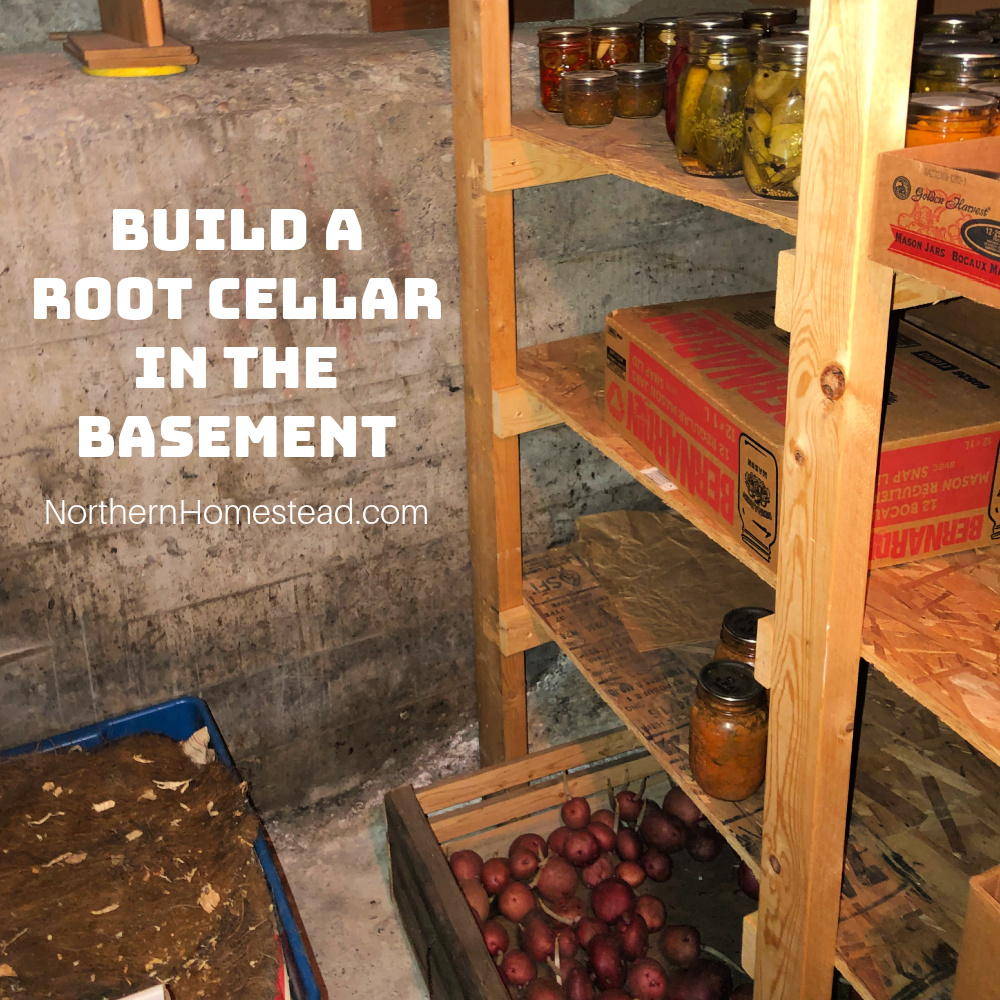
A root cellar is an excellent addition to any homestead. Ideally, it should be built into a hillside, featuring an entry space and a cellar room. However, most of us do not have that option. Modern houses often lack a cold room. What can you do? Build a root cellar in the basement. A relatively simple DIY home improvement that will allow you to store food for months directly in your house.
Find the best room in your basement for a root cellar
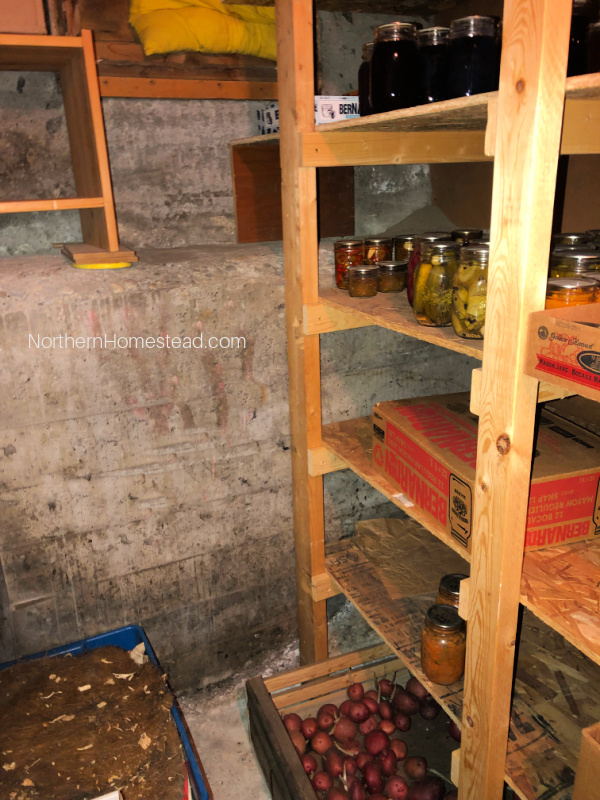
We live in an older home that used to have a coal room. The coal room is perfect to be repurposed for a cellar in the basement. But any room can be converted to a basement cellar.
Choose a room on the north side of the house, as it will be cooler there. You can dedicate a whole existing room to a cellar or divide off a part of it for a sample in the northeast or northwest corner. The exterior walls create ideal interior temperatures for the root cellar. This delivers the cooling action; the more outside wall surface you have, the better. Having a window makes it easier to add ventilation. Otherwise, you will have to make a hole for it.
Insulate the cellar room from the rest of the house
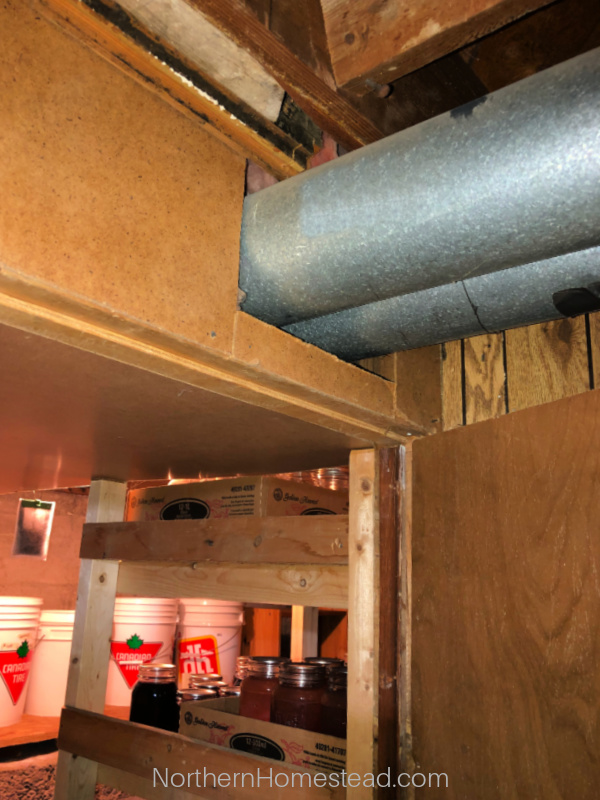
The idea of a cellar room is that it stays cold. The heated house will add heat to the room, so the walls between the cellar room and the heated basement should be insulated. The insulation keeps the heat out.
If there is a forced air vent, close and insulate it so no heat enters the cellar room.
The floor can be left uncovered. A concrete or earthen floor is ideal, adding natural moisture to the root cellar.
Ventilation for the basement cellar room
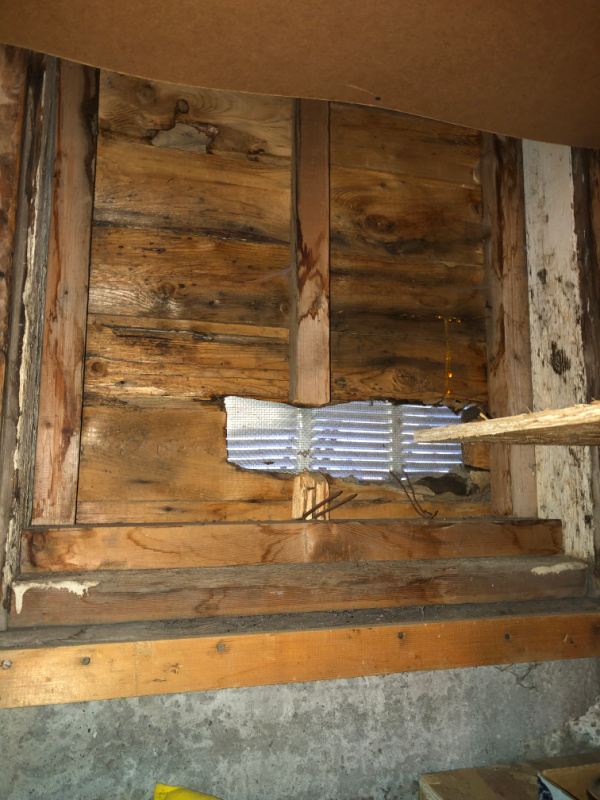
You are probably already familiar with the importance of two-vent design ventilation, which is spaced as far apart as possible at the interior ends of the intake and exhaust pipes. We do not have that.
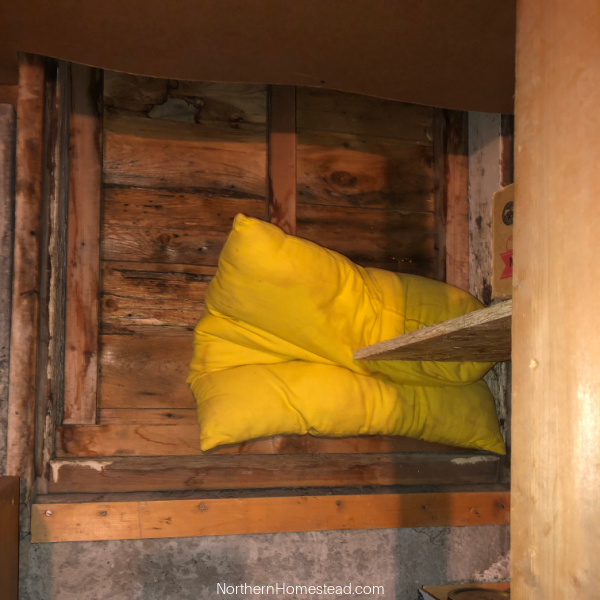
Our ventilation consists of a window opening about 10 by 20 inches tall, which is faced with a metal grill to prevent rodents from entering. During winter, we place a pillow before it to protect the room from getting too cold. During the warmer seasons, it is open. We have been using the cold room like that for over a decade. Save yourself some money and headaches from installing expensive ventilation. Simplicity works.
We also find that some temperature monitoring is needed in our cold climate. During very cold periods, we open the door to the heated basement to prevent the room from freezing. Having a wireless thermometer is helpful.
Shelving and food storage boxes
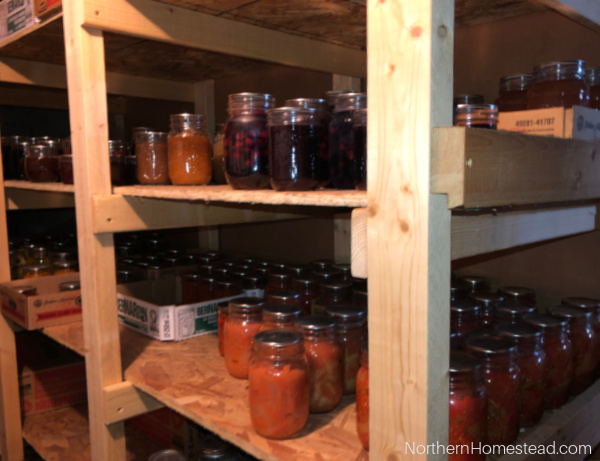
Build strong shelves along the internal walls, keeping the exterior walls open for temperature control. Canning jars are heavy and should be stored in one layer, not stacked.
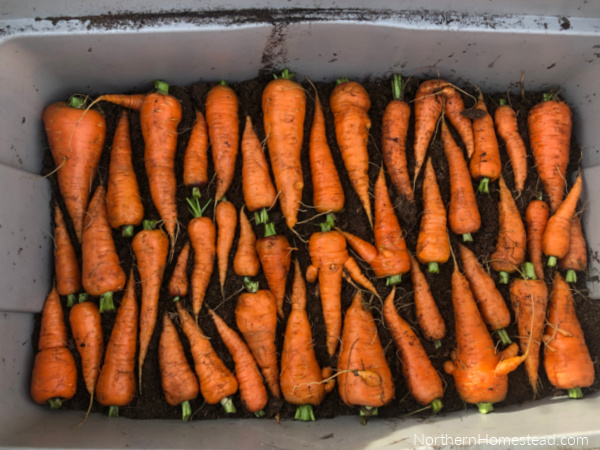
Wooden boxes make great crates for potatoes. Carrots and beets can be stored in totes buried in sand or peat.
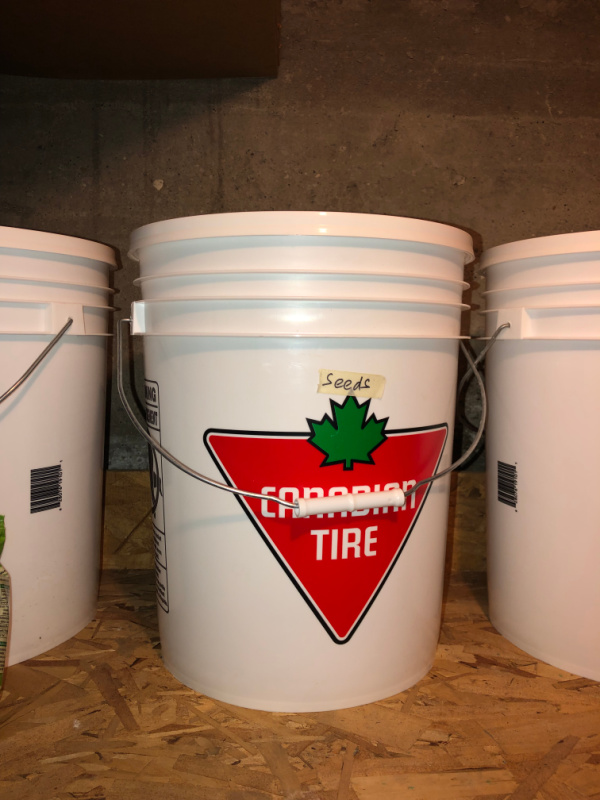
Bulk foods that need cooling, like nuts and seeds, can be stored in plastic pails.
Take a video tour through our basement food cellar
A basement root cellar is not the same as an actual cellar. It will be warmer and dryer there than in an earth-root cellar. But still, it is a very valuable room for food preservation.
We invite you to subscribe to Northern Homestead and follow us on Instagram, Facebook, or Pinterest for more great tips.

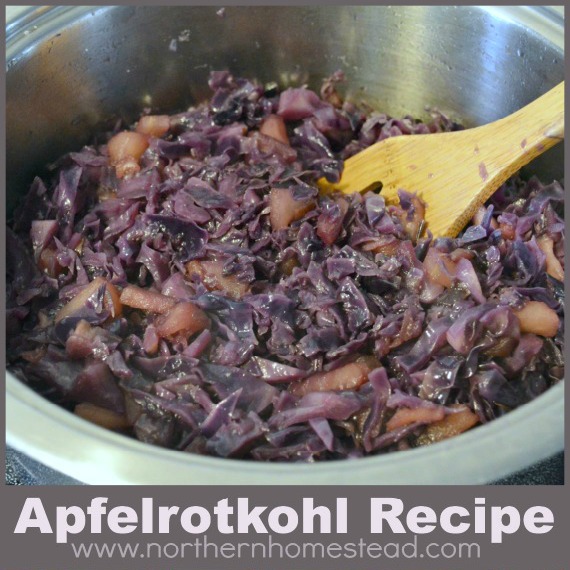
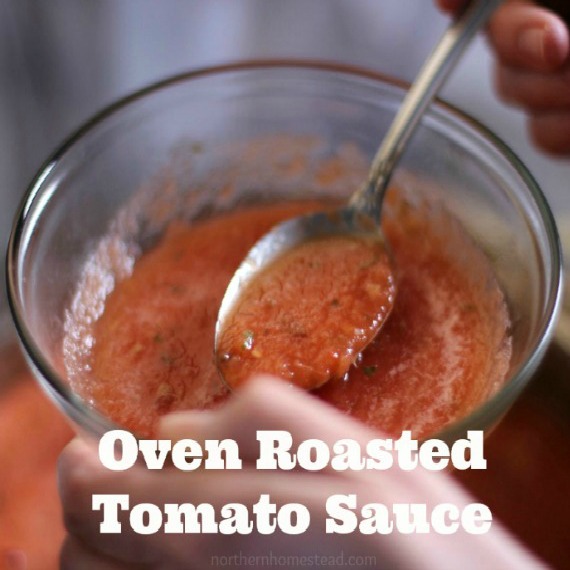
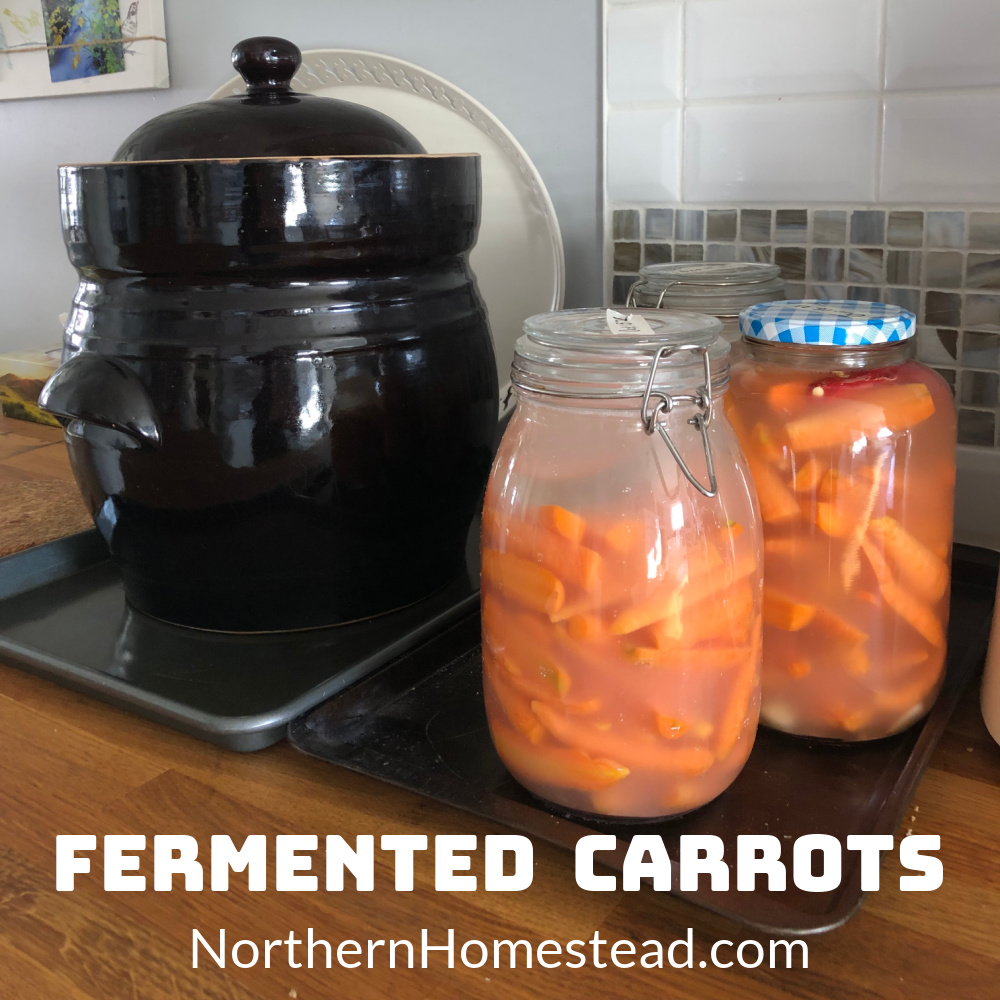
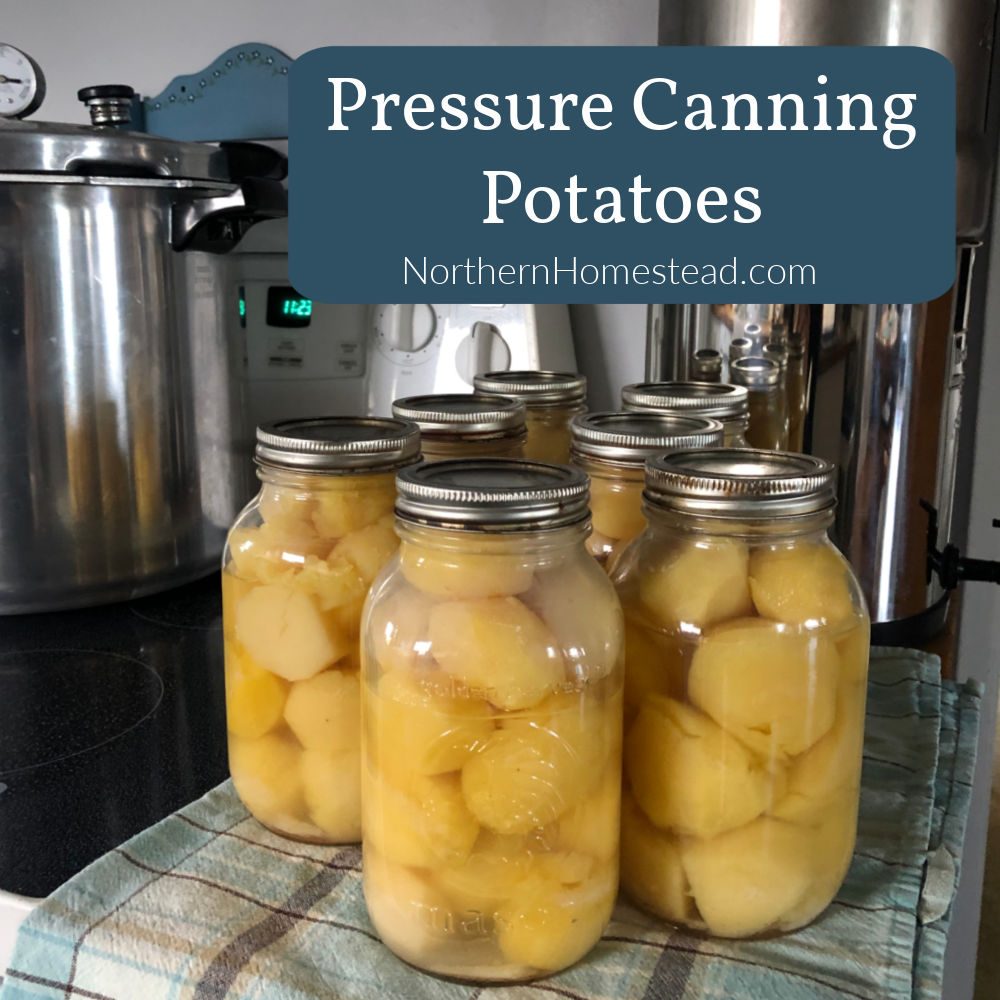
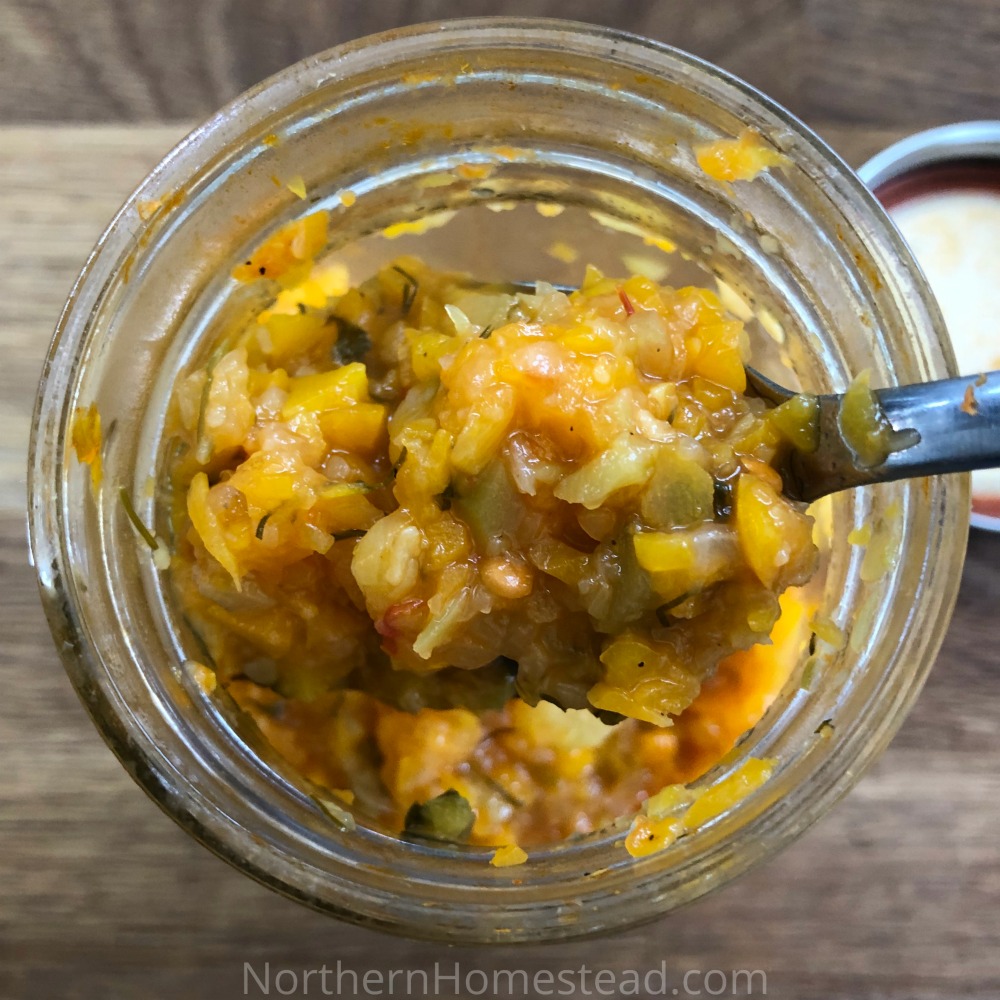
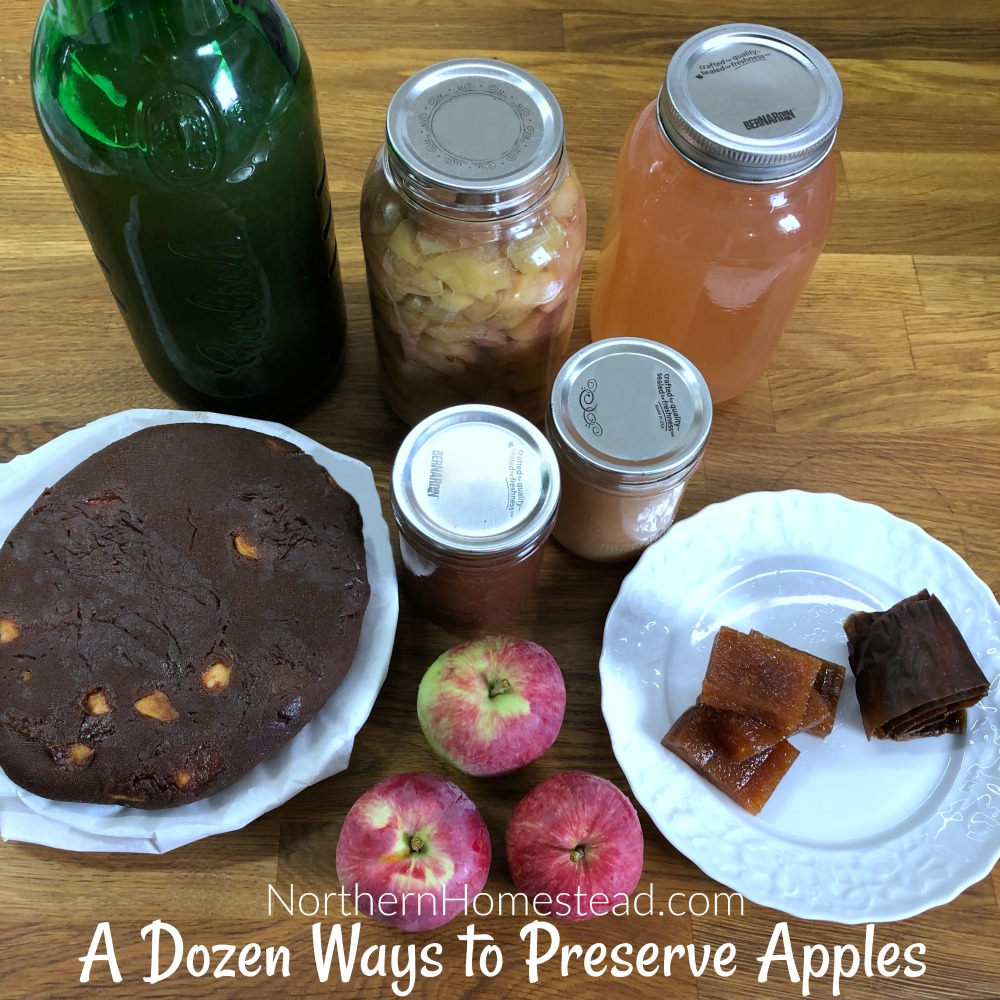

Leave a Reply